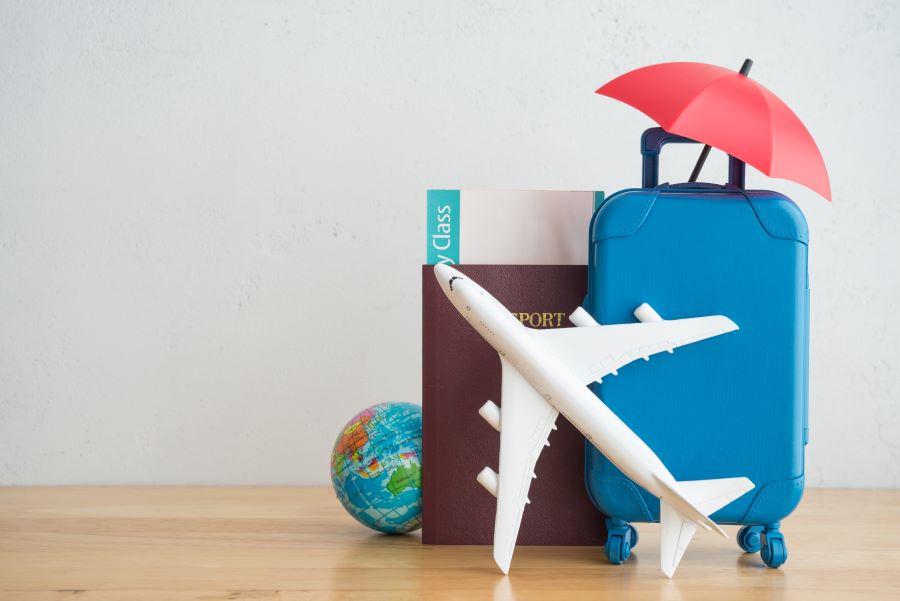Understanding Travel Insurance: A Comprehensive Guide
Travel insurance serves as a crucial safety net for travelers, providing financial protection against various risks and uncertainties that can arise during domestic or international trips. From medical emergencies to trip cancellations, this essential coverage helps safeguard both your journey and your wallet against unexpected situations.

Types of Travel Insurance Policies
Several types of travel insurance policies cater to different travel needs. Single-trip policies cover one specific journey, while multi-trip or annual policies protect multiple trips within a year. Specialized policies exist for business travelers, students studying abroad, and adventure tourists. Group policies can cover families or travel companions under one plan.
When Should You Purchase Travel Insurance?
The ideal time to purchase travel insurance is shortly after making your initial trip deposit. Most providers recommend buying coverage within 14-21 days of your first trip payment to maximize benefits, particularly for pre-existing condition waivers and cancel-for-any-reason coverage. Last-minute purchases are possible but may limit available benefits.
Common Travel Insurance Providers and Coverage Options
Leading travel insurance providers offer various coverage levels and price points to meet different needs. Here’s a comparison of popular options:
| Provider | Basic Coverage | Premium Coverage | Key Features |
|---|---|---|---|
| Allianz Travel | $50-100 | $150-300 | Extensive medical coverage, multiple plan options |
| World Nomads | $100-150 | $200-400 | Adventure sports coverage, flexible plans |
| Travelex | $60-120 | $180-350 | Pre-existing condition waiver, family-friendly |
| AIG Travel Guard | $70-130 | $200-450 | 24/7 assistance, comprehensive coverage |
Prices, rates, or cost estimates mentioned in this article are based on the latest available information but may change over time. Independent research is advised before making financial decisions.
Exclusions and Limitations
Understanding what travel insurance doesn’t cover is equally important. Common exclusions include pre-existing medical conditions (unless specifically covered), certain high-risk activities, and incidents related to alcohol or drug use. Policies may also exclude coverage for travel to regions with travel warnings or during predicted natural disasters.
Making a Travel Insurance Claim
The claims process requires careful documentation and prompt action. Keep all relevant receipts, medical reports, police reports, and correspondence with travel providers. Contact your insurance provider as soon as possible after an incident occurs, and follow their specific claims procedures to ensure successful reimbursement.





